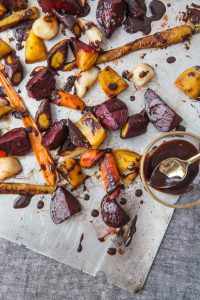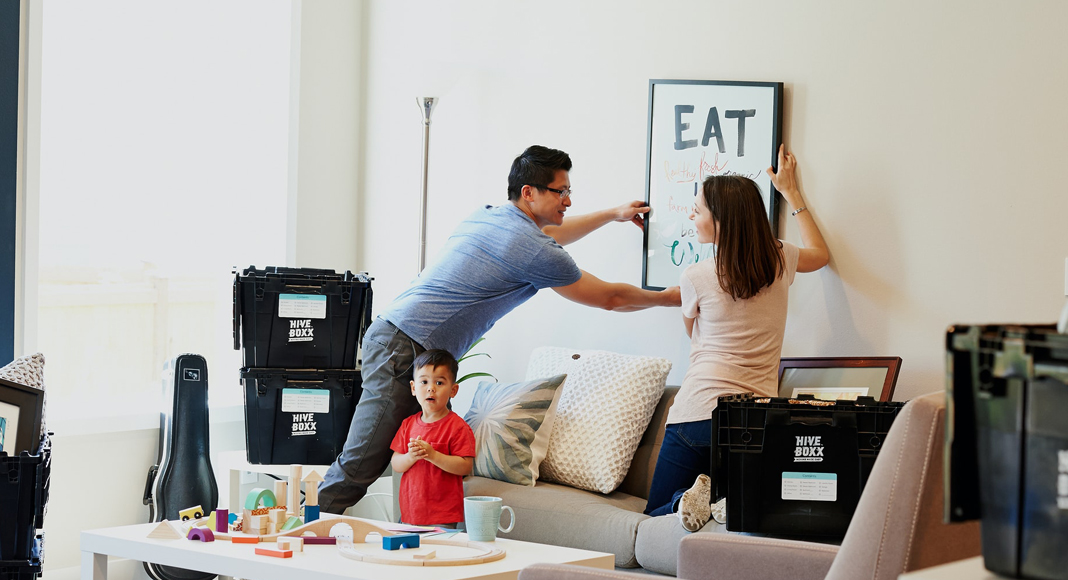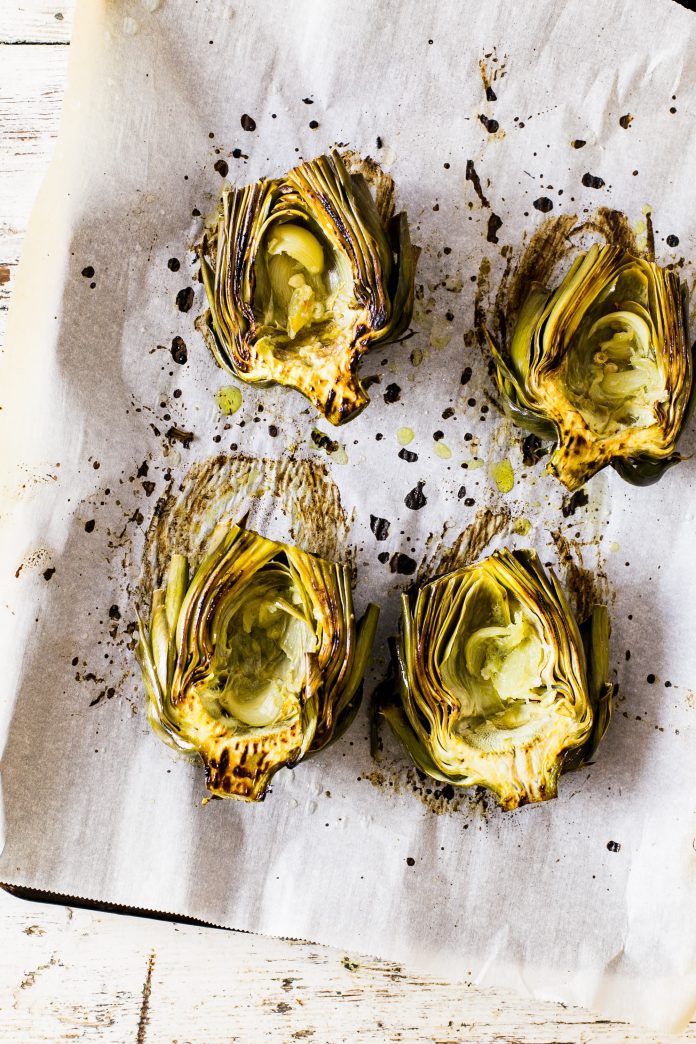Do you know what vegetable tastes better roasted? Um, almost every single one.
When done right, roasting really is an amazing way to cook vegetables – probably the best. It changes the texture and taste of the food, and usually for the better. Remember how brussels sprouts had a comeback? It’s because we finally got smart enough to stop boiling them and started roasting them. I’m side-eying all of our parents who boiled them.
FYI, in this case, we are using the term “roast” to mean cooking in an oven at a high temperature – this is true roasting. “Slow-roasting” at a low temperature is a different method (also delicious).
1) Use parchment paper and a half-sheet pan.
You want to be a successful roaster? You need parchment paper (non-negotiable) and a good size flat pan. This is absolutely the best method for roasting vegetables. For a uniform roasting, a flat pan works best and parchment paper is the best way to avoid food sticking with better clean-up and no effect on taste.
2) Use high heat.
Roasting really should be done at least at 400 degrees, in my humble opinion. That’s where you start to get the crunchy outside. However, some vegetables can’t ever achieve that, so you won’t get kicked out of the club if you do 350. Go below that and you’re slow-roasting. You can’t sit with us.
3) Learn about oil and smoke points.
You need fat to roast and in the case of vegetables or other low-fat food, you need an oil or other source of fat. Good news – there are a ton of oils to choose from! My favorites are olive oil, avocado oil, and ghee. All of these operate at relatively high smoke points. A smoke point is the temperature that the oil will start to burn. That usually leads to bitter food and sometimes can be dangerous.
Olive oil is famous for being delicious, but having a lower smoke point. While that is true, virgin olive oil has a higher smoke point than extra-virgin. You can very successfully roast at 400 degrees with olive oil, sometimes a little more.
Avocado oil is great for roasting! It has a very high smoke point and a mild flavor. Its downsides are that it can be expensive and the market is full of low-quality avocado oil that has performance issues (because it’s not actually pure avocado oil). Research avocado oil brands before buying.
Ghee is a powerhouse. It’s commonly used in South Asia but has started to get more of a following worldwide. It has a very high smoke point and a buttery taste. It is low in lactose, but high in saturated fat. You might need to skip ghee if you are watching your cholesterol.
4) Cut in uniform pieces and don’t overcrowd.
If you are roasting vegetables, cut them around the same size! One of the best parts about roasting is the uniform outcome of it – you will not get that result if you do not have a uniform size. If you want more caramelization (and you dooooo), you need to aim to keep your pieces similar sizes. Also, don’t overcrowd the pan. Each piece can’t cook evenly if they are touching. The dry air needs space to do its job.
5) GO NUTS!
Try every vegetable roasted. They are almost all delicious. You’ll have some trial and error (different vegetables roast at different rates), but it’s worth messing up a few times to get to the point where you figure it out. My favorites are sweet potatoes, broccoli, and roasted garlic. Oh MAN, I could write a blog about how much I love roasted garlic. Maybe next blog?












